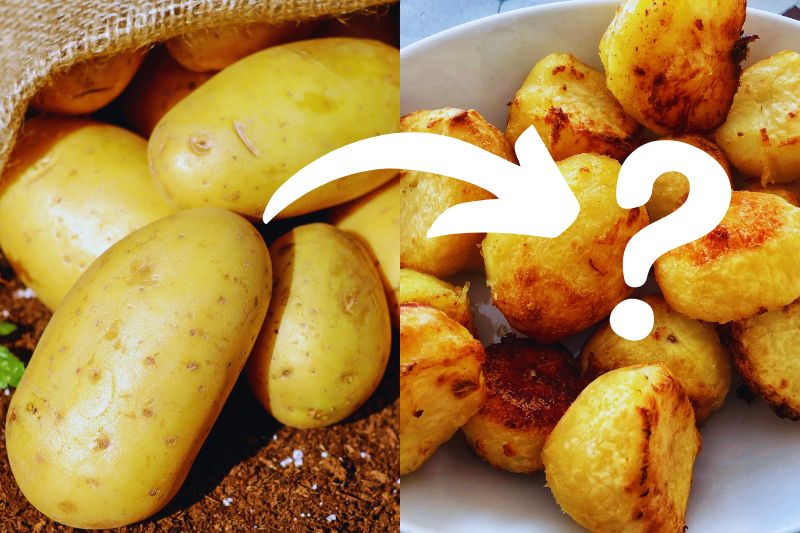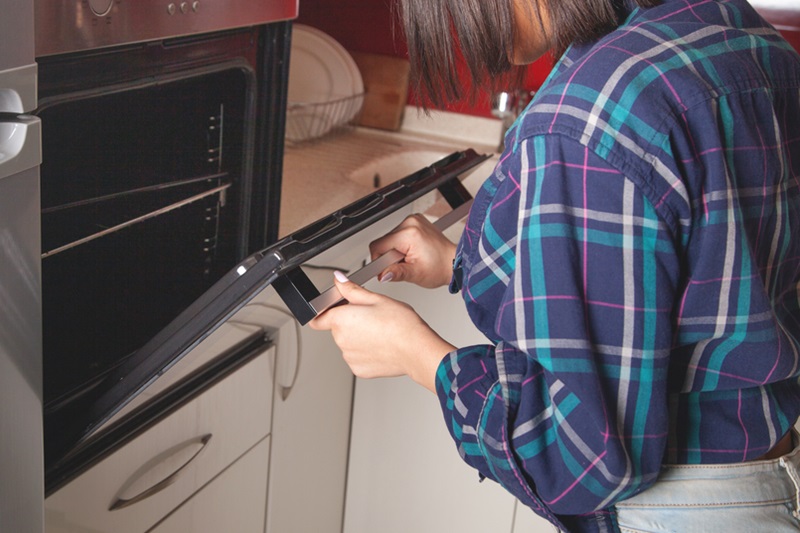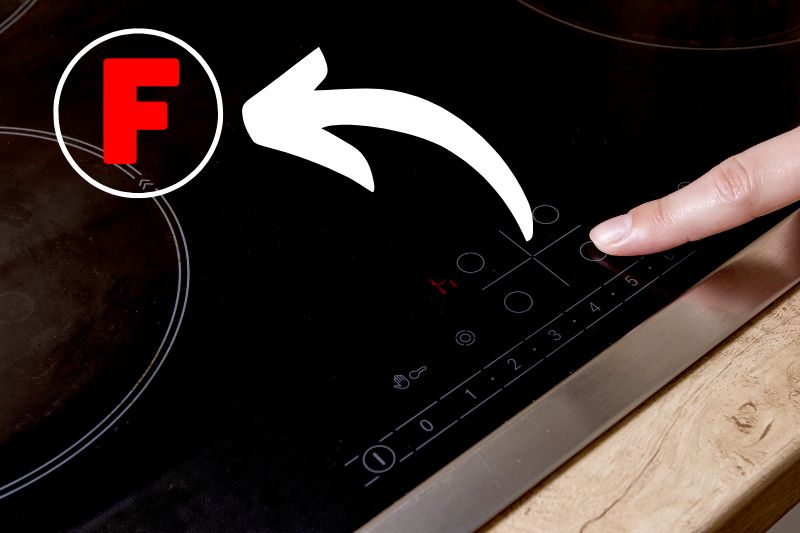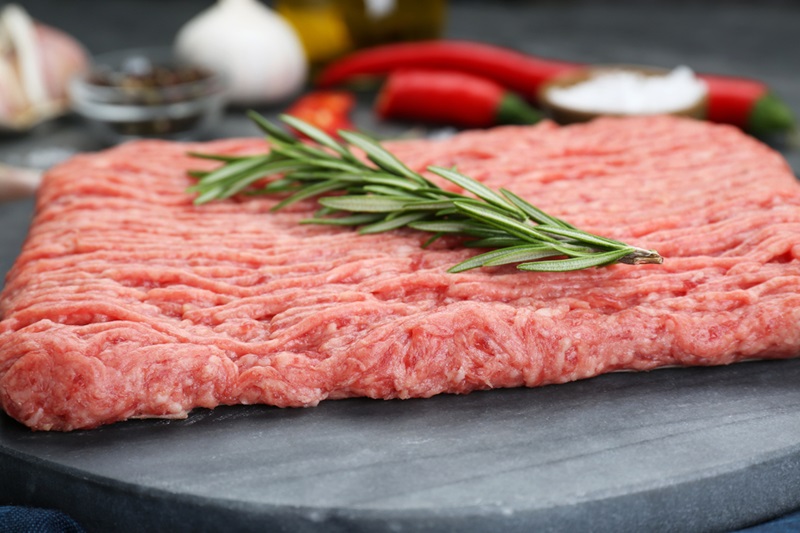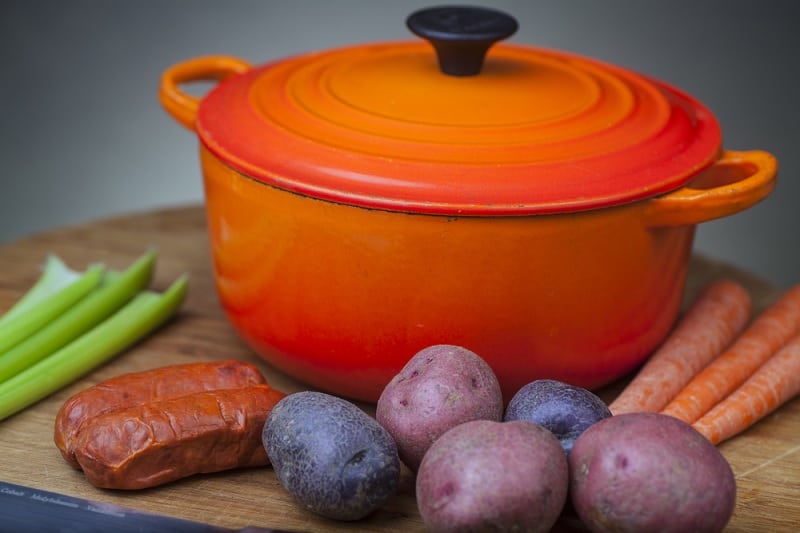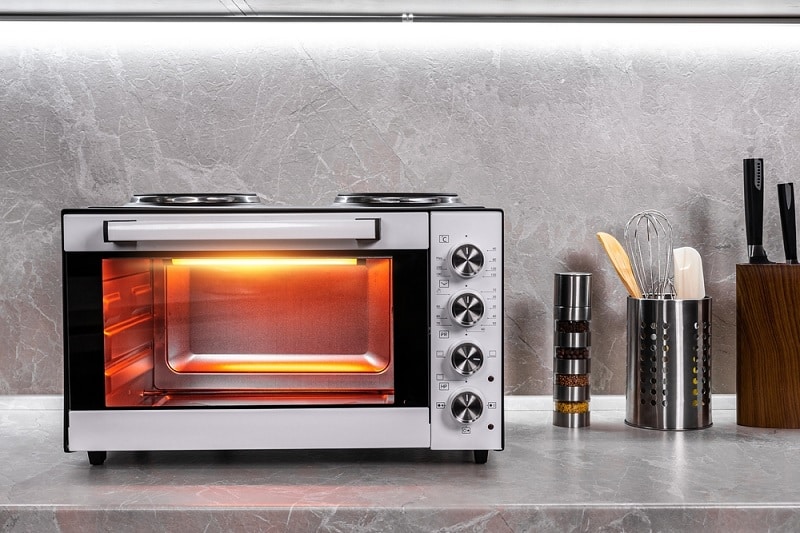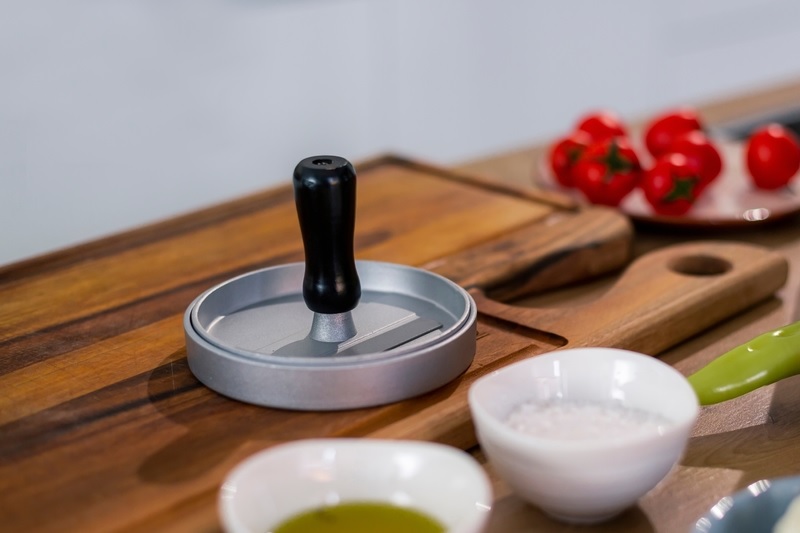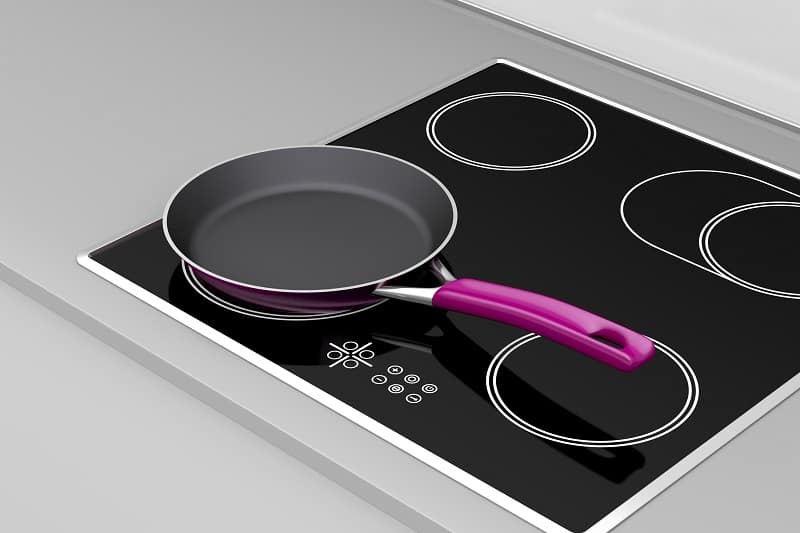Chef’s Pick – Helping home chefs pick their kit!
Welcome to Chef’s Pick, your guide to the best kitchen equipment and appliances in the UK.
We help you understand the confusing world of cookers, ovens and cookware so you can get the most out of your kitchen.
Can You Use Baking Potatoes for Roast Potatoes?
Roast potatoes are a delicious side dish with a winning combination of textures—all crispy on…
Oven Door Won’t Close – Causes and Solutions
If your oven door won’t close, it can throw a spanner into your cooking plans….
Oven Not Heating Up – Causes and Solutions
Discovering that your oven is not heating up can throw a spanner in your cooking…
What Does ‘F’ Mean on an Induction Hob?
The letter ‘F’ on an induction hob usually implies a fault or error code. If…
Is Mince Safe to Eat If It’s Brown?
Fresh minced beef is bright red in colour. However, raw mince can sometimes take on…
Best Dutch Ovens (2024 UK)
Dutch ovens have been a useful tool for both indoor and al fresco cooking for…
Best Countertop Mini Ovens (2024 UK)
In the ever-stressful modern life, sometimes a countertop mini oven can be a lifesaver when…
Best Burger Presses (2024 UK)
A burger press is a very handy gadget to have if you want to start…
Best Ceramic Hobs (2024 UK)
Ceramic hobs are easy to clean, look great and typically have lots of great safety…

